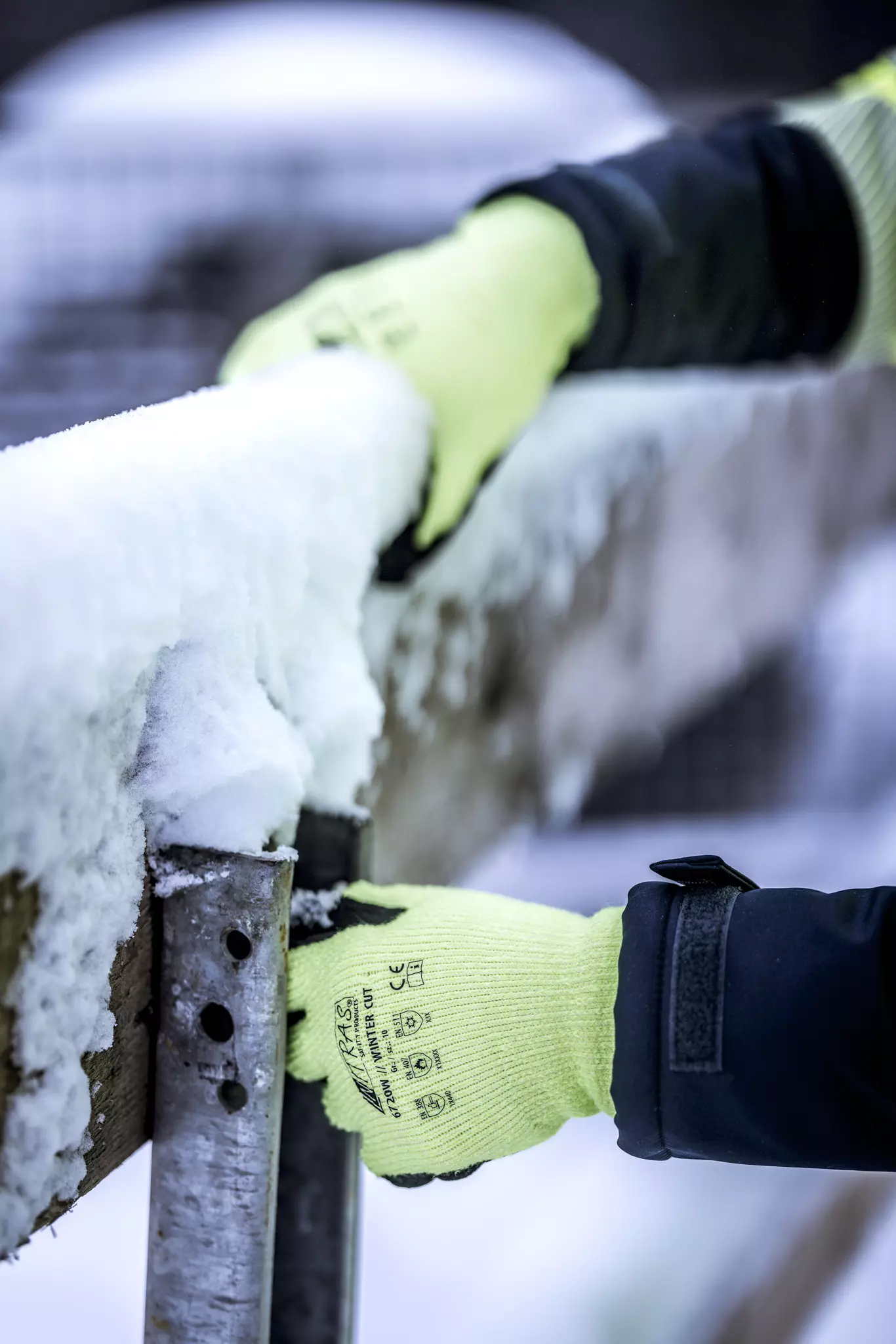

Product description
Advanced protective gloves featuring TAEKI special yarn construction with latex foam coating for superior protection and functionality. These gloves offer exceptional cut resistance and contact heat protection up to 100°C for 15 seconds, while maintaining maximum dexterity. The seamless terry cloth interior and ergonomic design ensure optimal comfort during extended wear.
Product Features:
- Seamless knitted terry cloth interior
- Partial coating on palm and fingertips
- Knitted wrist for secure fit
- Maximum dexterity rating (Level 5)
- High cut resistance (Level D)
Technical Details:
- TAEKI special yarn construction
- Latex foam coating technology
- Contact heat protection: 100°C for 15 seconds
- Partly coated palm and fingertips design
Standards:
- EN 388:1X44D certification
- EN 407:X1XXXX certification
- EN 511:X3X certification
- EN 420:2003 + A1:2009 compliance
About Coated Cut Protection Glove
Coated Cut Protection Gloves provide essential hand safety with cut-resistant materials and specialized coatings for enhanced grip. Ideal for construction, manufacturing, and handling sharp materials, these gloves offer both protection and dexterity for demanding work environments.
Standards and labels
Nitras delivery terms
Free delivery when you order more than 875,00 kr from Nitras
Supplier shipping fee 89,00 kr
Brand minimum 1 500,00 kr
Nitras
TAEKI WINTER CUT Cut protection Gloves, Neon Yellow, 10 pairs
TAEKI WINTER CUT Cut protection Gloves, Neon Yellow, 10 pairs
4.7 / 5
600,06 kr
Price per 10 pairs
60,01 kr / pair
Choose size
Shipping fee is 89,00 kr for orders under 875,00 kr